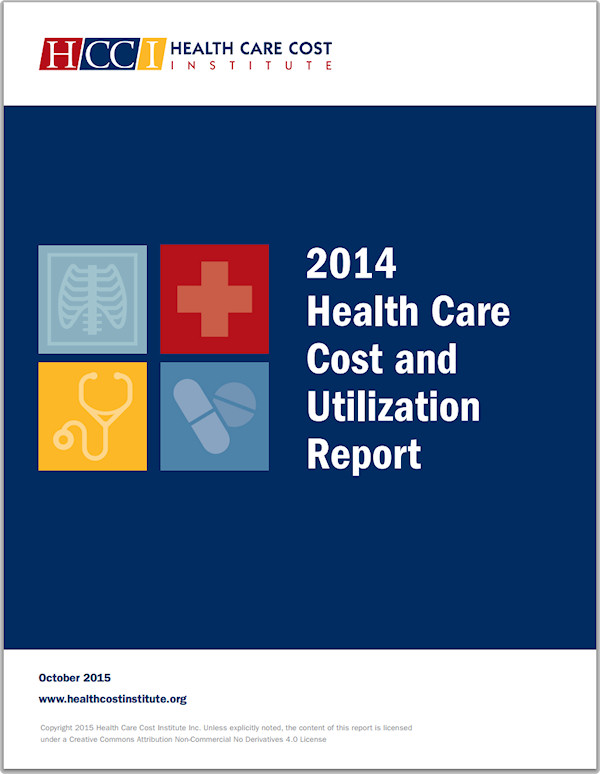By Kim Bellard, March 18, 2016
A new analysis by ProPublica found that doctors who receive money from drug companies do, in fact, tend to prescribe more brand name drugs, and that the more money they got, the more brand name prescribing they did.
ProPublica looked at prescribing patterns from five specialties -- cardiovascular, family medicine, internal medicine, ophthalmology, and psychiatry -- with the restriction that individual physicians had to have had at least 1,000 Part D prescriptions in the study period (2014). Overall, about three-fourths of physicians took some money from a drug company, although there was wide variation by specialty and geography -- e.g., nearly 9 of 10 cardiologists took payments, just as around 90% of physicians took such payments in Nevada, Kentucky, Alabama, and South Carolina.
Conversely, in Minnesota and Vermont the percentage was closer to 25%.
The amount of the payments appeared to have an impact. Internists who received no payments had brand-name prescribing rates of about 20%, while those getting more than $5,000 had rates of around 30%.
The defenses from physician organizations and the drug industry make for fun reading. Dr. Richard Baron, the president and chief executive of the America Board of Internal Medicine, protested that doctors almost have to go out of their way to avoid taking these kinds of payments.
The president of the American College of Cardiology suggested the patterns were re-enforcing; the more they learn about a drug, the more they tend to use it, and the more they use it, the more drug companies pay them to be speakers and consultants.
Seriously, these are their defenses?
We've been learning a lot more about how pervasive industry payments -- not just pharmaceutical companies but also medical device and other health care suppliers -- are since the advent of the Open Payments initiative. We're talking about over $6.5b in payments in 2014, made to over 600,000 physicians and 1100 hospitals. I wrote about this last summer, and the new ProPublica analysis certainly should rattle any remaining doubts anyone might have had about the potential impact of such payments.
True to form, last fall the AMA called for a ban on DTC advertising. That's right, they don't seem disturbed about the $6.5b physicians are getting, but they think that the ads that we see are bad. There's a certain logic to that; it has long been suspected that these ads help drive consumer demand.
Austin Frakt, of The New York Times, recently challenged this conventional wisdom. For one thing, he notes that while drug ads do cause an increase in sales for the advertised drug, they also increase sales of other drugs in the same class, using Prozac as an example. Seeing drug ads may help "normalize" the condition being treated, making getting treatment for it more acceptable, and may also help encourage patients to continue with existing prescriptions.
Mr. Frakt points out that it is not only the drug companies who benefit from drug advertising, but also physicians. Every $28 in drug advertising results in an additional doctor visit; someone has to do the prescribing, after all. And, of course, the DTC spending is dwarfed by the direct-to-physician "promotions" -- Mr. Frakt estimates drug companies spend seven times more on these than on DTC advertising.
So we're back to the ProPublica analysis.
It simply is not plausible to maintain that these efforts are not influencing physicians' decisions, and that they may not always be in the best interests of patients. As Bloomberg put it last summer: the payments "seek to convince doctors that second choice is OK."
Well, I don't know about you, but that is not OK with me.
This post is an abridged version of the posting in Kim Bellard’s blogsite. Click here to read the full posting


 Share This Post
Share This Post 


